Table of Contents
How to Use Nutmeg Seasoning: Expert Culinary Guide
Nutmeg seasoning is a versatile spice used in both sweet and savory dishes. This guide provides step-by-step instructions for using nutmeg effectively in baking, cooking, and beverages, along with expert tips on selecting quality products, storage methods, and safe consumption practices. Whether you're a home cook or professional chef, these actionable recommendations will help you maximize nutmeg's flavor potential while avoiding common mistakes.
Understanding the Flavor Profile
Nutmeg has a warm, nutty, and slightly sweet flavor with earthy undertones. Its complexity makes it ideal for balancing both sweet and savory dishes. Key characteristics:
- Warmth: Provides gentle heat without spiciness
- Depth: Enhances other flavors without overpowering
- Subtlety: Works best in small quantities (1/8-1/4 tsp per serving)
Overuse can cause bitterness or toxicity due to myristicin content. Always start with minimal amounts and adjust to taste.
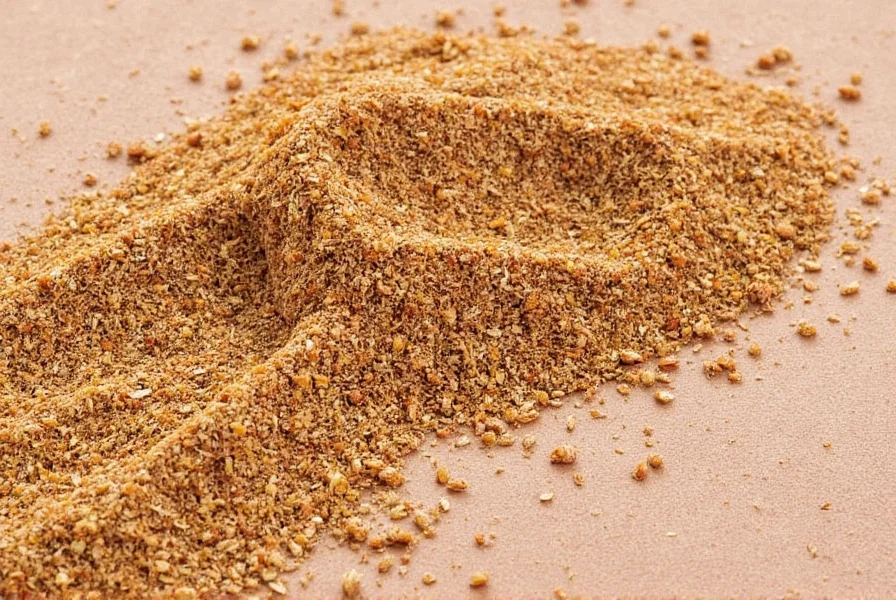
Culinary Uses and Pro Tips
Here's exactly how to use nutmeg in different dishes:
- Baking: Add 1/4 tsp to 9-inch apple pie filling; 1/8 tsp per cup of chocolate cake batter; 1/16 tsp in sugar cookies for subtle warmth
- Savory Dishes: Mix 1/8 tsp into mashed potatoes (per 4 servings); sprinkle 1/16 tsp on roasted carrots; add to meatloaf seasoning blends
- Sauces: Stir 1/8 tsp into béchamel sauce per cup; add to cheese sauces for depth
- Drinks: Dust 1/16 tsp on top of hot chocolate; mix 1/8 tsp into mulled wine; add to eggnog base before chilling
Pro Tips:
- Grate whole nutmeg fresh using a microplane for maximum aroma
- Toast whole nutmeg seeds in a dry pan for 1 minute before grating for enhanced flavor
- Pair with cinnamon, cloves, and allspice for holiday spice blends
- For savory dishes, use nutmeg in cream-based sauces and root vegetable preparations
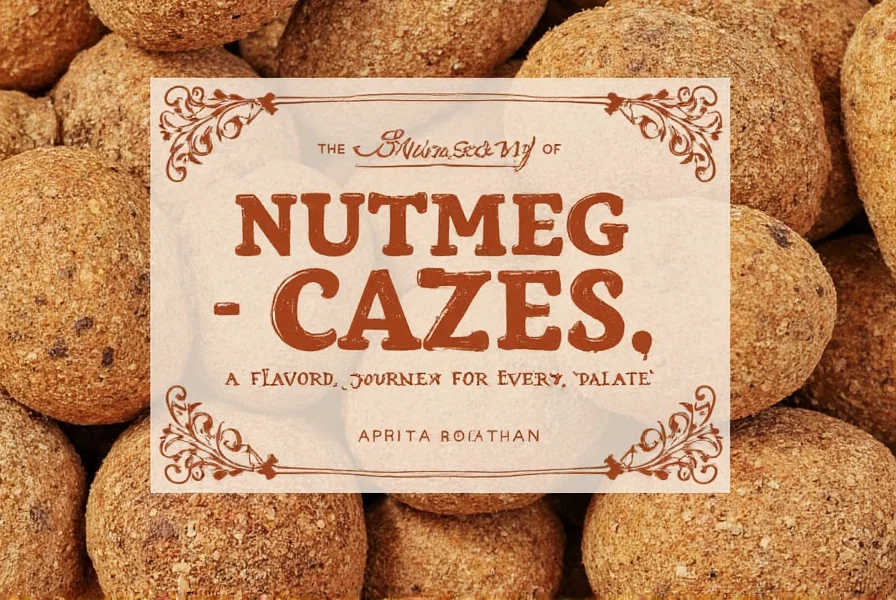
Buying Guide for Nutmeg Seasoning
Key Selection Criteria
- Origin: Indonesian nutmeg (Moluccas) has superior flavor intensity; Caribbean varieties are milder
- Form: Whole nutmeg lasts 2+ years when stored properly; ground nutmeg loses potency in 6-12 months
- Quality Check: Fresh nutmeg should have strong aroma when grated; avoid products with dull color or musty smell
- Packaging: Look for vacuum-sealed containers with resealable lids; avoid bulk bins exposed to air
Storage Best Practices
- Store whole nutmeg in airtight container in cool, dark place
- Ground nutmeg should be kept in freezer for maximum freshness
- Grate whole nutmeg only when needed for best flavor
| Product Type | Best For | Flavor Profile | Shelf Life | Storage Method |
|---|---|---|---|---|
| Whole Nutmeg (Indonesian) | Baking, gourmet cooking | Rich, intense, complex | 2-3 years | Airtight container, cool/dark place |
| Pre-Ground Nutmeg (Premium) | Everyday cooking, sauces | Moderate, balanced | 6-12 months | Freezer storage recommended |
| Nutmeg Extract | Liquid recipes, baking | Concentrated, smooth | 2 years | Cool, dark place |
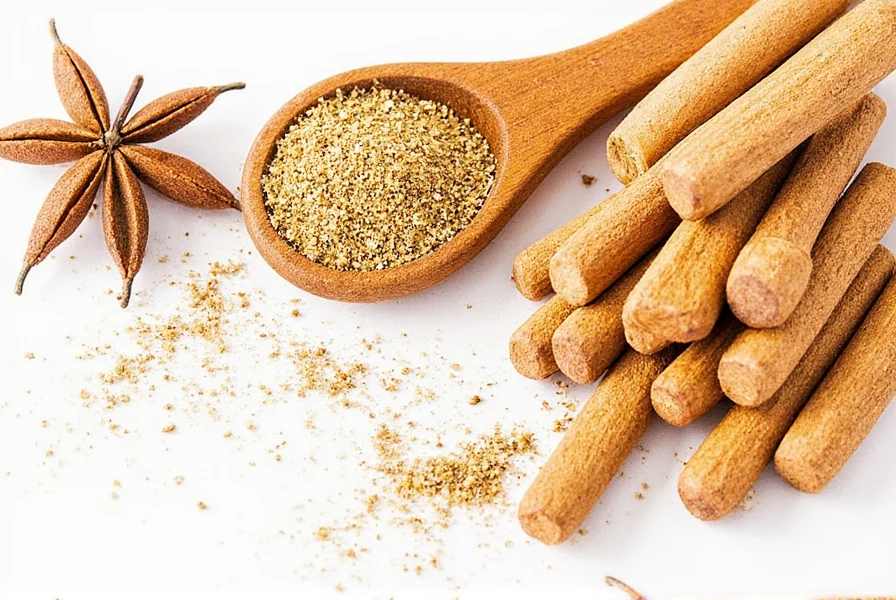
Frequently Asked Questions
How much nutmeg should I use in recipes?
For most dishes, start with 1/8 teaspoon per serving. Specific examples: 1/4 tsp for 9-inch apple pie, 1/16 tsp per cup of mashed potatoes, and 1/16 tsp dusted on hot chocolate. Never exceed 1/2 teaspoon total per recipe to avoid bitterness.
What's the difference between whole and ground nutmeg?
Whole nutmeg retains flavor for 2-3 years when stored properly. Grating it fresh releases maximum aroma and potency. Ground nutmeg loses 30-50% of its flavor within 6 months and is better suited for quick cooking applications where precise measurement isn't critical.
Is nutmeg safe for regular consumption?
Yes, when used in normal culinary amounts (under 1/2 tsp per serving). Consuming more than 1-2 teaspoons at once may cause adverse effects due to myristicin. Always consult a healthcare professional before using nutmeg for medicinal purposes.
What dishes pair best with nutmeg?
Nutmeg complements: pumpkin and sweet potato dishes, creamy sauces (béchamel, cheese sauces), apple-based desserts, holiday beverages (mulled wine, eggnog), and savory root vegetables. It also enhances meatloaf, sausage, and baked ham glazes.
How can I tell if my nutmeg is fresh?
Grate a small amount - fresh nutmeg should release a strong, sweet, woody aroma. Stale nutmeg will have little to no scent and may taste flat or musty. Check for vibrant brown color; dull or grayish appearance indicates age.
Conclusion
Nutmeg seasoning is a culinary powerhouse when used correctly. By following these expert guidelines for measurement, pairing, and storage, you'll consistently elevate your dishes without overwhelming flavors. Remember: quality matters more than quantity - fresh, properly stored nutmeg makes all the difference between good and exceptional cooking.
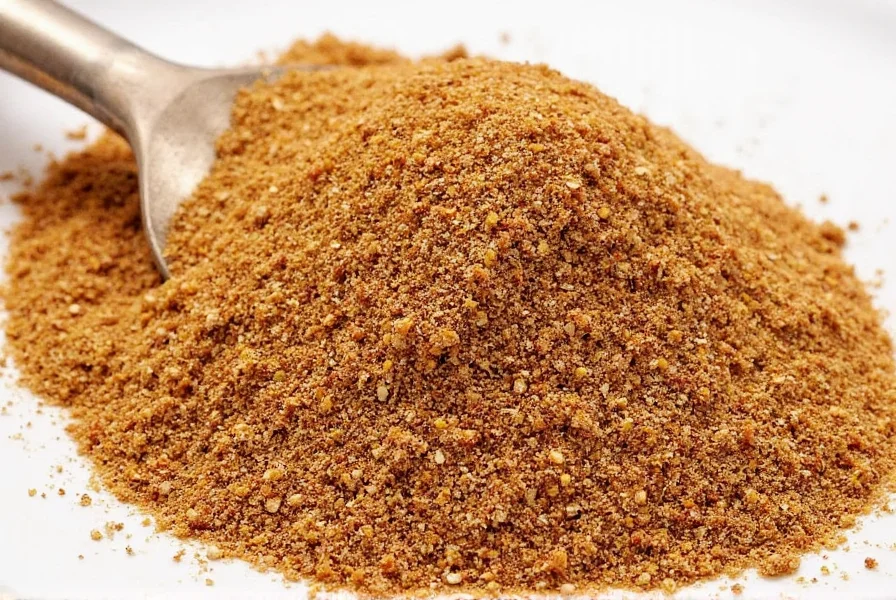
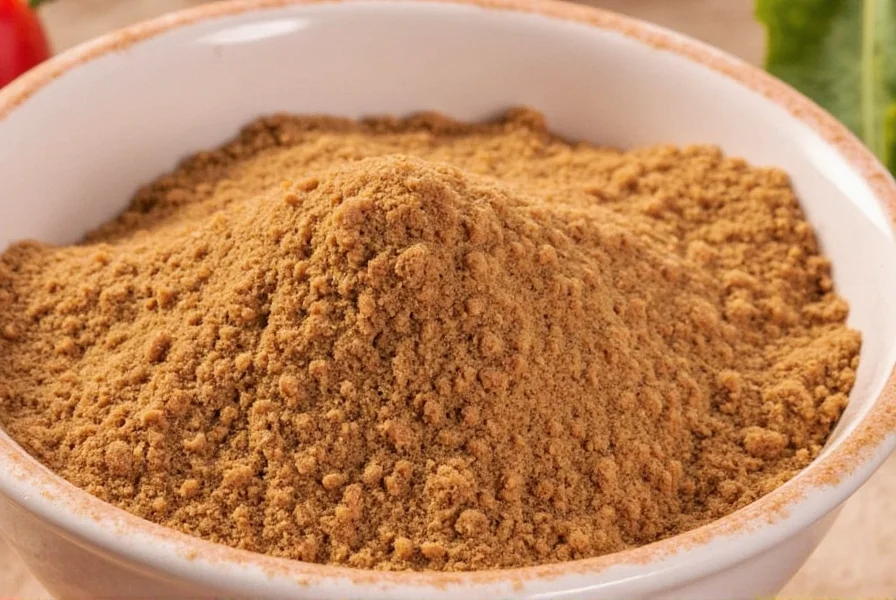
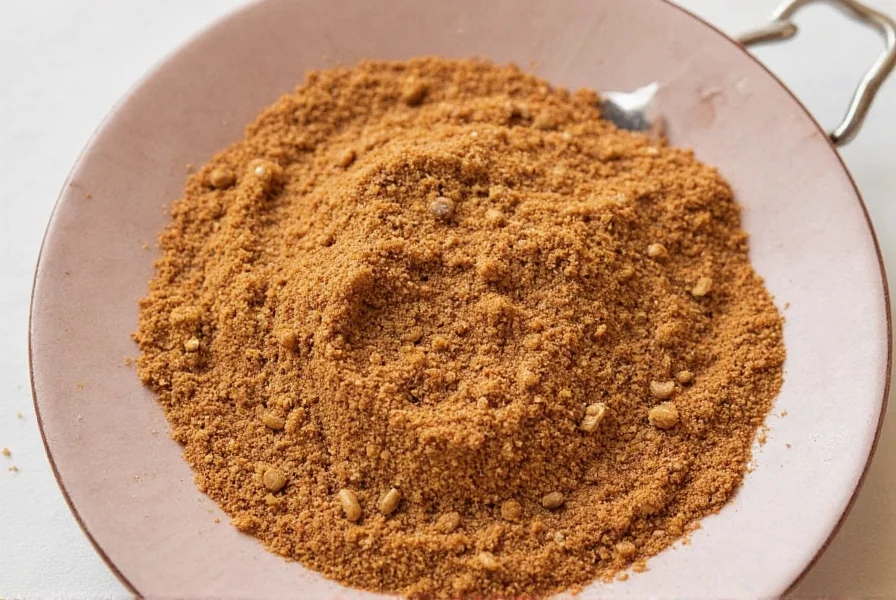
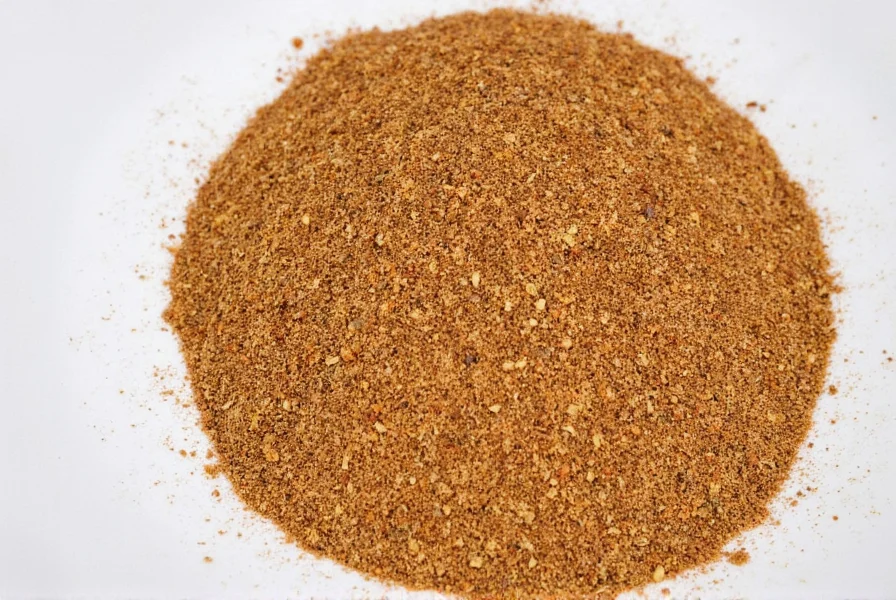










 浙公网安备
33010002000092号
浙公网安备
33010002000092号 浙B2-20120091-4
浙B2-20120091-4